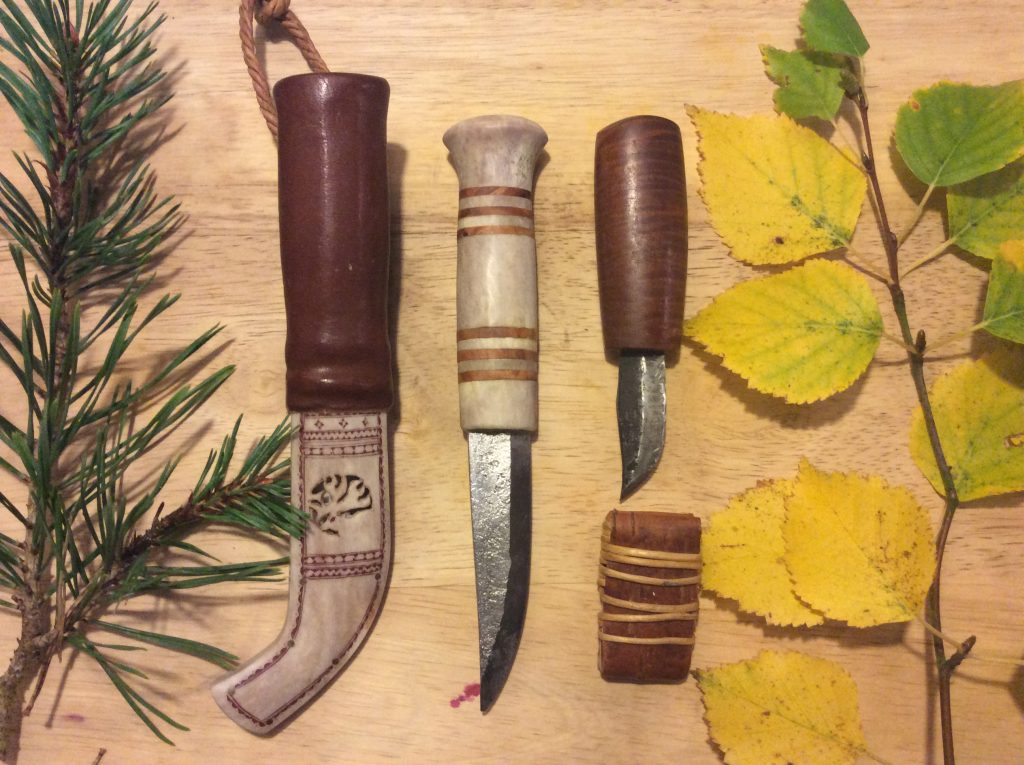We have just had a facinating week visiting communities and wild places across Scotland with three Sami guests from the Far North of Sweden.
Greta and Linn Huuva, and Anders Hakansson have provided an introduction to Sami ethnobiology through conversations and shared tastings with Scottish chefs, wild food gatherers, fishermen, hunters and others involved in Scottish food. Of course we found much common ground – the flora of Norrbotten, although it lies north of the arctic circle, is broadly similar to the boreal flora of the Scottish Highlands and unsurprisingly many plants are used in the same way by Sami and Gael. However, it was the differences that proved to be of most interest.
Birch and pine are common trees in both regions but the Sami have many more uses for both trees than we know within the Scottish tradition. Greta was able to explain, for example, how she is able to make flour from the inner bark of Scots pine collected at midsummer and we tasted some of the bark bread she had made. There is no gluten in the bark flour so it is more suitable for a thin crisp bread which was good without any taste of turpentine which is removed by cooking. Monica Wilde our resident herbalist told us about the antiseptic properties of pine needles and Greta told us how she uses them to make a pine salt condiment.
Birch trees are tapped in Spring For sap in Spring on both sides of the North Sea but whereas Scottish foragers wil insert a tube into the main trunk of the tree (in the style used for tapping North American sugar maple) Greta has a less intrusive method. In my experience trying to make something approaching maple syrup from birch trees is a waste of fuel and effort because the raw sap has such low sugar content (there are technical reasons for this to do with the lack of diurnal temperature changes in our maritime climate). I agree with Greta it is better to drink the sap fresh for its refreshing taste, essential minerals and revitalising properties. To do this Greta cuts a pencil-thick side branch and then collects the free-flowing sap using a plastic bottle strung from cut end. A cup full of sap collected this way is a valuable Spring tonic.
Scottish forager, Mark Williams, and Greta Huuva shared an interest in the chaga fungus that infests birch trees. More abundant in the more continental climate of Scandinavia and Canada, in Scotland chaga is mostly found in the birch woods of the Cairngorms. We found a tree full of it in Nethy Bridge and Mark and Greta explained how they used it as an important health supplement, full of antioxidants, and Mark brewed some chaga tea flavoured with pine needles. Greta said when times were hard the Sami used chaga as a coffee-substitute – a revelation that caused the espresso-loving Italians in our party to screw up their noses!
Greta’s book Nature is My Kitchen is available from Varda. Our Highland tour was organised jointly with Scotland’s Natural Larder and supported by Think Local Scotland as part of Scotland’s Year of Food and Drink.

